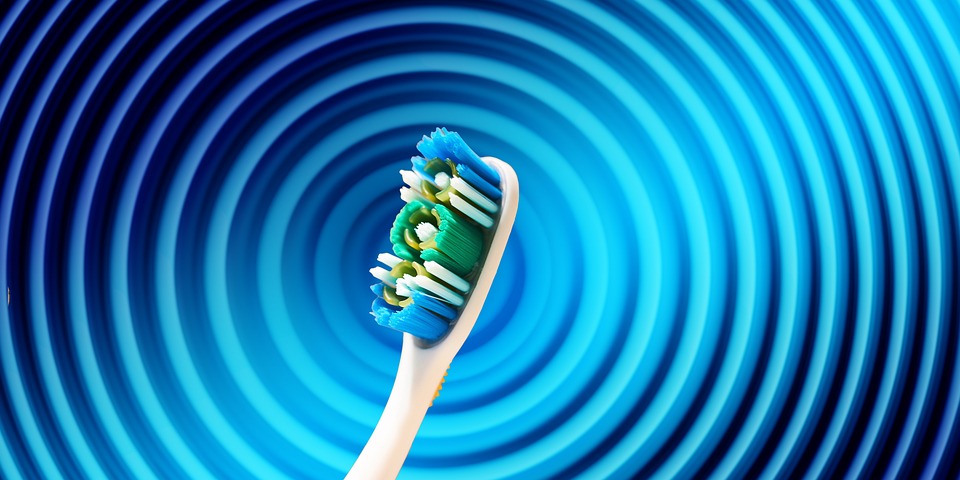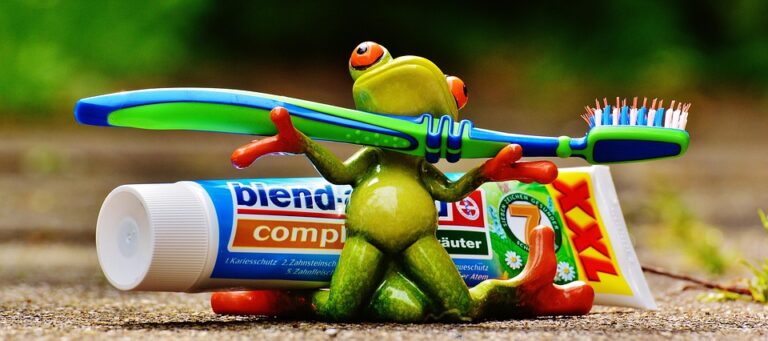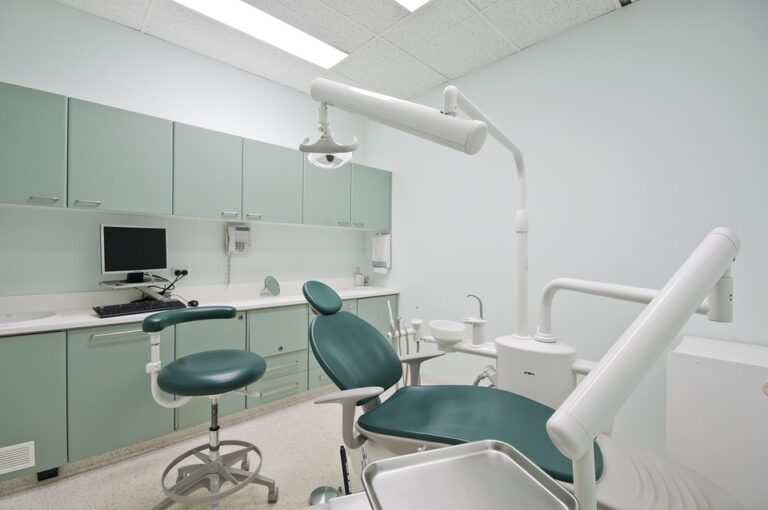
Are Veneers Better Than Real Teeth
I’ve helped people sell stuff with my words for my whole life. But the most important thing to “sell” can be yourself—with a happy smile. If you ever hide your smile in a picture or feel shy when you meet new people, you know what I mean. People say veneers are a quick fix for a perfect smile, but are they really better than your real teeth? This article will give you the real story. I’ll share what I’ve learned from people I know who got them. We will look at the good things, the bad things, and all the little details so you can decide if it’s the right choice for you.
Article Outline
- What Exactly Are Veneers, Anyway?
- So, Why Do People Even Get Veneers?
- Is Getting Veneers a Painful Process?
- How Do Veneers Compare to Natural Teeth in Strength?
- Can Veneers Protect My Teeth from Future Problems?
- What’s the Catch? Are There Downsides to Veneers?
- How Do I Take Care of My New Smile?
- Will My Veneers Look Fake?
- What’s the Role of a Good ‘veneer lab‘ in All This?
- So, The Big Question: Should I Choose Veneers Over My Real Teeth?
What Exactly Are Veneers, Anyway?
Let’s start with the easy stuff, because lots of people are confused. Pretend you has a coffee table you like. It’s strong and you love it, but the top is all scratched up and stained. You could get rid of it, or you could put a nice new wood top on it. That new top is a veneer. Dental veneers are the same thing, but for your teeth.
They are very thin covers, usually made of porcelain, that are made just for you to fit over the front of your teeth. Think of them like a fancy contact lens or a fake fingernail for your tooth. A dentist glues this cover to your tooth. This changes the tooth’s color, shape, or size. It’s a fix to make you look better. It’s not a crown. A crown covers the whole tooth like a little hat. A veneer just covers the front part that people see when you smile.
This simple idea has made millions of smiles look different. All of a sudden, teeth that were really stained or chipped can look perfect. It’s a big deal, but you need to know what it is before you think about getting it. It just fixes the outside, it doesn’t replace your whole tooth.
So, Why Do People Even Get Veneers?
You might be happy with your smile, and that’s great. But for lots of people, their teeth are something that always bothers them. Do you ever do that smile in pictures where you keep your lips closed? Or maybe you hide your mouth when you laugh? This is the problem veneers try to fix. The reasons people get them usually fall into a few groups.
First is staining. Some teeth are so stained that whitening them won’t work. This can be from medicine you took as a kid, a tooth that went dark, or just bad luck. It makes you feel like your teeth are never really clean. Then there are problems with how they look. Like chipped teeth from when you were a kid, gaps you’ve always hated, or teeth that are a little crooked but not bad enough for years of braces. These little problems can make you feel bad about yourself.
This is not just about looks. It’s about how you feel. A smile you don’t like can hold you back in job interviews, on dates, or even when you speak in a meeting. You worry people are looking at your teeth and not listening to you. That worry is tiring. Veneers give a simple answer to these problems. They give you a smile you don’t have to worry about.
Is Getting Veneers a Painful Process?
Okay, let’s talk about the big worry: does it hurt? The idea of a dentist drilling your teeth makes anyone scared. I get it. But getting veneers is often not as scary as you think. It’s not fun, but it’s not super painful either.
It usually takes two trips to the dentist. On the first trip, the dentist gets your teeth ready. This is the part that worries people. To make space for the thin veneer, your dentist has to shave off a very small bit of the outside of your tooth. It’s about as thick as an eggshell. Your dentist will make the area numb, so you should not feel pain. It might feel strange, but not painful. After that, the dentist makes a copy of your teeth to send to a lab.
You’ll wear fake veneers for a week or two while your real ones are made. When you go back, your dentist takes off the fake ones and glues the final veneers to your teeth. Your teeth might feel a bit sensitive to hot and cold for some days, but for most people, it only hurts a little and goes away fast. So it’s a dental thing, but not the bad dream you might be thinking of.
How Do Veneers Compare to Natural Teeth in Strength?
This is a good question. Your real tooth enamel is the hardest thing in your body. It’s very strong. So how does a thin porcelain cover do? You might be surprised. New porcelain veneers are very tough. They are cooked at hot temperatures to make a strong material that don’t chip or break easily with normal use.
Think of it like this. A single piece of glass is easy to break. But if you glue that glass to something solid, it gets very strong. It’s the same with veneers. Once it’s glued to your healthy tooth, the veneer and tooth are one strong thing. You can eat apples, corn on the cob, and steak and not worry. But they are not unbreakable.
You still need to be smart. Your real teeth can chip if you open a bottle with them, and veneers can too. You should not chew on ice, pencils, or your fingernails. One big plus for veneers is they don’t stain easily. That coffee or red wine that makes your real teeth yellow won’t hurt your porcelain veneers. They’ll stay bright for years, so you have a white smile that lasts.
Can Veneers Protect My Teeth from Future Problems?
This is something many people get wrong, so let’s fix it. Lots of people think because a veneer covers the front of a tooth, it’s like a shield that protects it from problems. That’s not really right. A veneer is great for looks, but it is not like a shield for your tooth. Your teeth health is still up to you.
A veneer only covers the front. The back and sides of your tooth are still out there, like always. This means you can still get a cavity on the parts of the tooth that are not covered. You can still get gum problems too if you dont take good care of your mouth. It’s actually more important to brush and floss really well to keep the spot where the veneer and gum meet clean.
Veneers do not fix dental diseases. They are a cover for looks. If you have cavities or gum disease, you have to get that fixed before you can get veneers. So think of veneers like a new coat of paint on a house. They make it look great, but you still need to take care of the rest of the house to keep it all strong.
What’s the Catch? Are There Downsides to Veneers?
I want to be honest with you. Nothing is perfect, and that includes veneers. They can give you great results, but there are some big problems you need to think about before you decide. This is not a choice you can easily take back.
The biggest catch is that you can’t undo it. Once the dentist shaves off that little bit of your tooth, it’s gone for good. Your real tooth won’t be the same. This means you’re stuck with veneers or some other fix like crowns for life. If a veneer chips or you need a new one, you can’t just go back to your old tooth. You have to stick with it for life.
The second big thing is money. Veneers costs a lot of money. Insurance usually don’t pay for them because it’s just for looks. The price can be very different based on your dentist, where you live, and how many you get, but you should be ready to pay a lot. Last, there’s tooth sensitivity. Some people feel more sensitive to hot and cold after they get veneers. This usually goes away, but for some people, it stays. These are not small things. They are big things to think about when you want a perfect smile.
How Do I Take Care of My New Smile?
Here’s some good news. Taking care of veneers is very easy. There are no special rules or things you need to buy. You mostly care for them just like your real teeth, which is great.
What you do every day will be the same: brush and floss. You should brush your teeth two times a day with a soft toothpaste with fluoride. Rough toothpastes, like ones with baking soda, can scratch your veneers and make them look less shiny. Flossing once a day is also very important. You need to clean good where the veneer meets your gum to stop bad stuff from building up and keep your gums healthy.
Seeing your dentist regular is also a must. Your dentist will use special tools that are safe for veneers to keep them looking good. They’ll also check that they are stuck on good and that your real tooth is healthy. And like I said before, be careful what you bite. Don’t use your veneered teeth to open stuff and don’t chew on hard things like ice or bones. It’s just common sense to care for something you paid a lot for.
Will My Veneers Look Fake?
This is the biggest worry for anyone thinking about veneers. We’ve all seen it: the famous person with teeth that are too big, too white, and too perfect. They look like super white blocks. It’s a sure sign they had work done, and it’s not the nice, natural smile you want.
The good news is that dentists are much better now. The difference between fake veneers and nice, natural ones is about two things: how good your dentist is and the skill of the people who make them. A great dentist don’t just stick white blocks on your teeth. They are like an artist. They look at your face shape, your skin color, and how your other teeth look.
They work with you to pick a color and shape that matches you, not stand out too much. A real tooth isn’t just solid white; it’s a little see-through on the edge. A good veneer will look like this. A master worker in the lab will make each veneer by hand, using different colors of porcelain to make something that is almost impossible to tell it’s not a real tooth. So no, they don’t have to look fake. If the right people do it, they can look like the nice teeth you wish you had.
What’s the Role of a Good ‘Veneer Lab’ in All This?
Most people think their dentist do all the work, but there’s a secret helper in making your new smile: the dental lab. After your dentist gets your teeth ready and makes a copy, that copy is sent to a special veneer lab. This is where the real cool stuff happens. The people in these labs are real artists.
Think of your dentist like the person who designs a house. They make the plan for your smile. The dental lab is the person who builds the house from that plan. They use the dentist’s copy to make the real veneers. How good this lab is is just as important as how good your dentist is. A very good lab uses the best stuff and has workers who know a lot about how teeth look, their color, and how light hits them. They don’t just make a tooth-shaped cover; they make a small piece of art that will look and feel real in your mouth.
Many great dentists have a lab they know and trust. Some even work with labs in other countries, like a high-quality china dental lab that can do amazing work. The important part is how the dentist and the lab worker talk to each other. They work together to make sure every little thing, from the color to the feel of the surface, is perfect. When you pick a dentist, you are also picking their lab, so you can ask who they work with. A great lab is the secret to making them look amazing.
So, The Big Question: Should I Choose Veneers Over My Real Teeth?
We’re at the last question, and the answer isn’t a simple yes or no. Are veneers better than real teeth? No. Nothing is better than your own healthy, real teeth. If your teeth are healthy and you like your smile, there is no reason to get veneers. Keeping your real teeth safe should always be the main goal for your teeth health.
But that’s not the right question for everyone. The better question is: Are veneers a better choice than living with teeth that make you unhappy? If your real teeth are chipped, stained, have gaps, or are crooked and it makes you feel bad and changes how you live, then the answer might be a big yes. Veneers are not for replacing your teeth, they are for making your smile better.
You’re giving up one thing to get another. You are giving up a little bit of your real tooth and you spend money to get a smile you love to show people. You are fixing a problem that may have bothered you for years. So veneers are not better than healthy teeth. But they can be much, much better than the broken or bad teeth that are holding you back. It’s a very personal choice and it’s all about your own life and what you want.
Key Takeaways to Remember:
- Veneers are for looks. They are thin covers for the front of your teeth to make them look better, not a fix for dental problems.
- The process can’t be undone. A small bit of your real tooth is removed, so you have to have veneers or another fix for your whole life.
- They are strong but not unbreakable. You can eat like normal, but you should still not use your teeth like they are tools.
- Good cleaning is very important. You can still get cavities and gum problems, so brushing and flossing are more important than ever.
- The result is a team effort. A great smile is made by your skilled dentist and the artistic veneer lab working together.
- It’s a personal choice. Veneers are not “better” than healthy real teeth, but they can change your life if your smile is making you unhappy.








